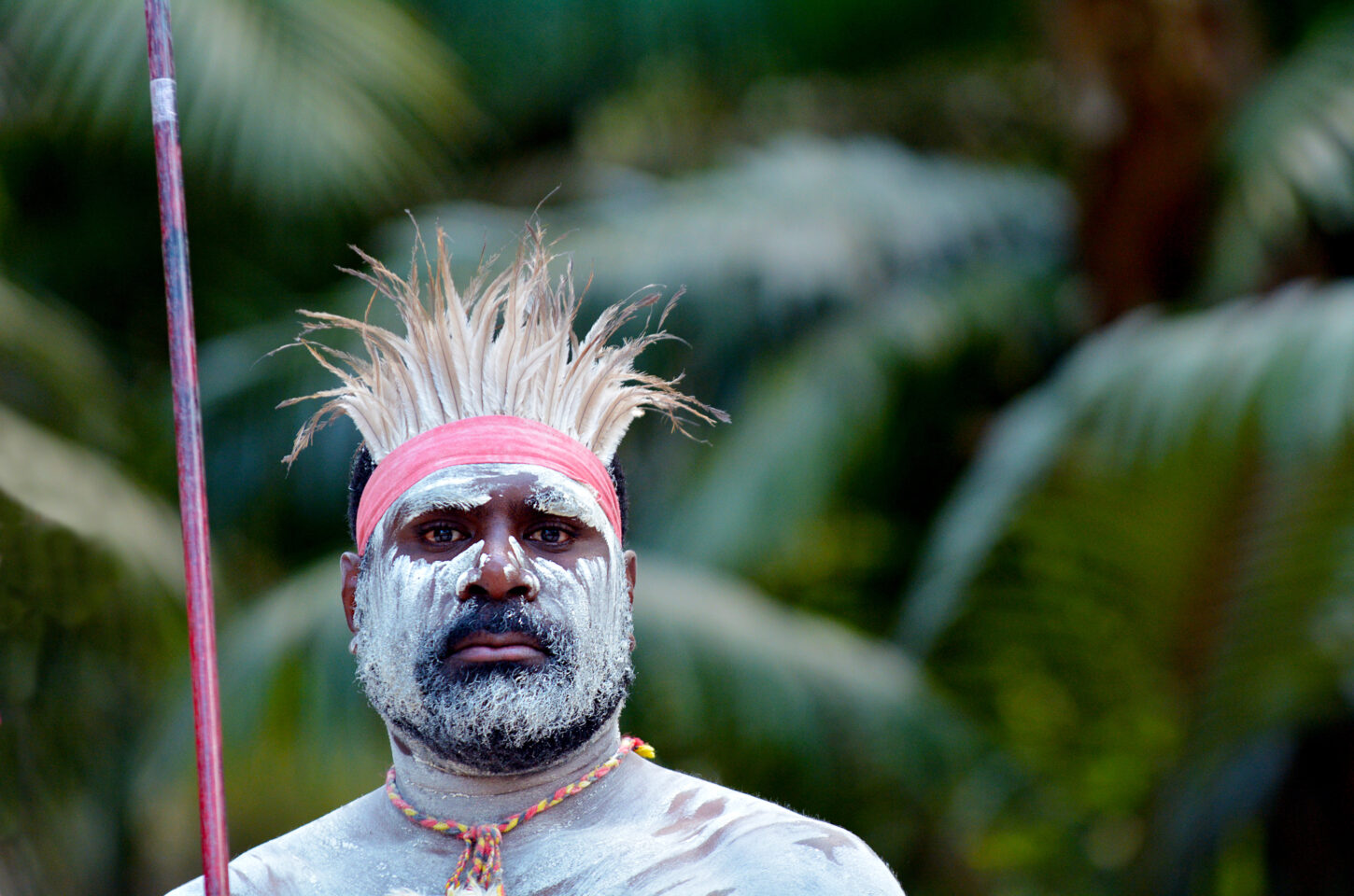
A government study concludes that Aboriginal Australians are more likely to face marijuana charges
A new study by a government agency in Australia shows that Aboriginal people in the country are treated very differently from non-Aboriginal people when caught using cannabis by police.
The study, released earlier this month by the New South Wales Bureau of Crime Statistics and Research (BOCSAR), was based on “a data set of 38,813 observations involving 27,127 adult offenders who were arrested between January 2017 and February 2020 for a cannabis use/ -possession was taken.” .”
Among Aboriginal cannabis offenders, only 11.7% received “warnings” from police, compared to 43.9% of non-Aboriginal offenders.
“If you don’t get a warning, you run through the formal justice system,” said BOSCAR chief executive Jackie Fitzgerald, quoted by ABC New England in Australia.
According to the outlet, the investigation “found eligibility criteria for the state’s cannabis warning system that provides a diversionary pathway.”
“The system allows the police to issue warnings at their discretion, but the offender must not be involved in any other crime[s]e at the time and must not have any previous convictions for drug, violent or sexual offenses[s]it,” ABC New England reported. “Another criterion is that the offender must not possess more than 15 grams of dried cannabis. However, the report found that only 39.5 per cent of Aboriginal offenders who were eligible for a warning received a warning.”
As Fitzgerald told the outlet, “It’s hard to imagine how Aboriginal people would benefit from a program like this.”
Cannabis is illegal in Australia, but the new report comes at a time when there are growing political efforts in the country to legalize marijuana.
The Green Party, currently the minority party in Australia, is primarily behind the legalization push and announced last year that the party had received legal advice from a constitutional lawyer who said Parliament could replace state laws and end cannabis prohibition.
The Guardian reported at the time that the council was focused on “three Commonwealth rulers that would enable it to become legal.”[z]e and regulate cannabis use, with the clearest route through a portion of Section 51 relating to copyright, patents on inventions and designs, and trademarks.”
Legalization could bring a significant stroke of luck Down Under. A study published earlier this year by the University of Western Australia found that legalization in Western Australia could bring in $243.5 million annually over the first five years.
ABC Radio Perth reported at the time that the study, commissioned by the Legalize Cannabis WA Party, “quantified the revenue the state could generate from Ilegali.”[z]Cannabis use” and “considered data on the form and frequency of cannabis use and the estimated costs of enforcing current laws prohibiting cannabis use.”
“We wanted to find out the truth about this and commissioned this without expecting any particular result,” said Brian Walker, Chair of the Legalize Cannabis WA Party. “This is the first time anyone has shown how they work and detail how their numbers came about. On the spending side, there are things like your police force—for the prosecution of a cannabis crime—the courts and the law enforcement agencies that deal with it. In total, that’s about $100 million a year.”

Post a comment: